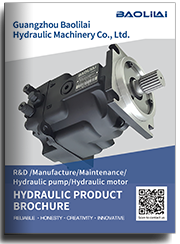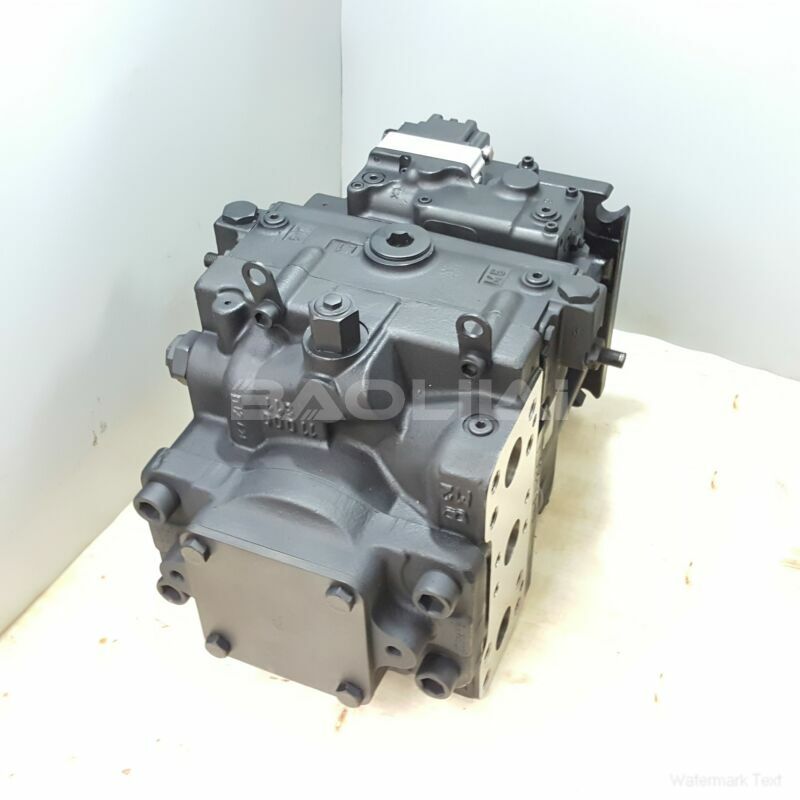90L180KA5BC80TCF1J00NNN351430 hydraulic pump
90L180KA5BC80TCF1J00NNN351430 hydraulic pump

- Product Details
- Applicable Scene
Testing the performance of hydraulic oil pumps is crucial in ensuring their reliability, efficiency, and longevity in various applications. Bench test rigs provide a controlled environment for evaluating pump performance parameters such as flow rate, pressure, efficiency, and more. This article outlines the essential steps and considerations for effectively testing hydraulic oil pump performance using bench test rigs.
90L180-KA-5-BC-80-T-C-F1-J-00-NNN-35-14-30
90L180KA5BC80TCF1J00NNN351430
To begin with, it is vital to set up the test rig properly. A typical bench test rig consists of several components, including a hydraulic power unit, flow measurement devices, pressure gauges, and the hydraulic pump itself. Ensure that all connections are secure and leak-free before starting the test. The test rig should also be equipped with a safety system to prevent accidents during the testing process.

701015
Next, select the appropriate hydraulic oil for testing. The oil should meet the specifications recommended by the pump manufacturer, as using the wrong type of oil can lead to inaccurate results and potential damage to the pump. Ensure that the oil is clean and free from contaminants, as this can also affect pump performance.
Once the setup is complete and the hydraulic oil is ready, the next step is to prime the system to eliminate any air pockets. This is essential for accurate testing, as air can lead to erratic measurements. Start the hydraulic power unit and allow the system to operate until all air is purged from the lines.
With the system primed, you can now begin testing the hydraulic pump. Start by measuring the flow rate at various pressure levels. Use a flow meter to capture the flow readings, and record the pressure using the pressure gauges. It is important to take measurements across a range of pressures that the pump is designed to operate under, as this will provide a comprehensive view of its performance.
As you conduct the flow rate tests, calculate the pump’s efficiency using the formula:
Efficiency (%) = (Output Flow x Output Pressure) / (Input Power) x 100





